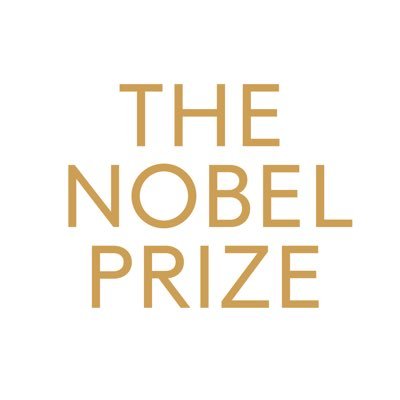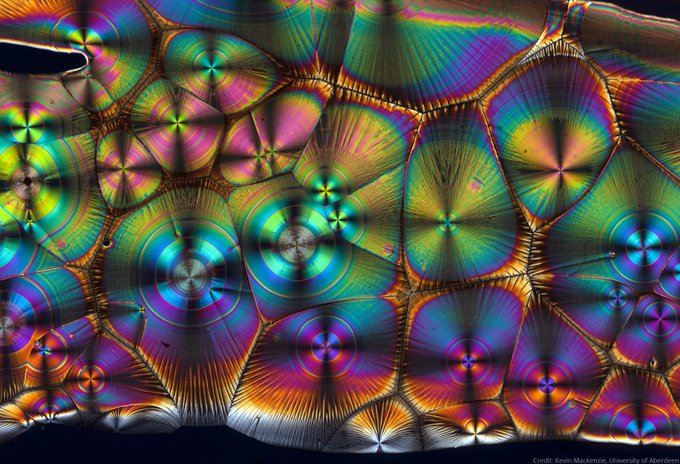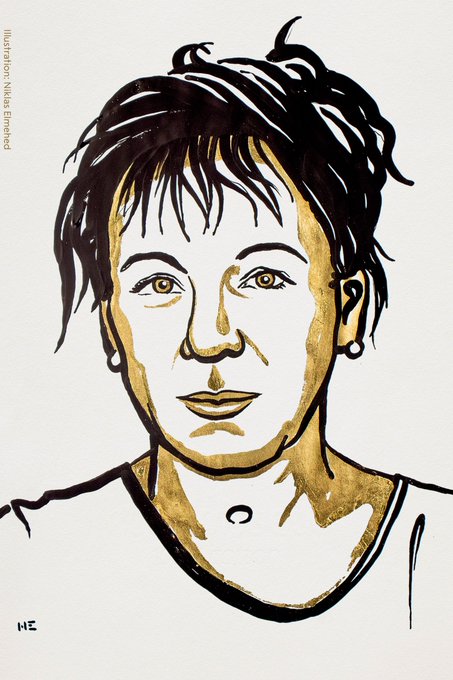This year’s economic sciences laureates have demonstrated that many of society’s big questions can be answered. Their solution is to use natural experiments – situations arising in real life that resemble randomised experiments.
#NobelPrize
"I always like to go to the extremes. Can we do things that were just impossible before?"
- 2021 chemistry laureate Benjamin List talks about his future research at this morning's #NobelPrize press conference.
“It’s clear that for the future generation, we have to act now in a very fast way.”
- 2021 physics laureate Giorgio Parisi speaks about the current climate situation at this morning's #NobelPrize press conference.
Can you guess what this picture is? It's an image of Vitamin C, taken with polarised light.
Vitamin C led to both the 1937 Medicine and Chemistry Prizes: to Albert von Szent-Györgyi, who first isolated it, and Norman Haworth for determining its molecular structure.
“My wish is that this will provide a positive message to the young girls who would like to follow the path of science, and to show them that women in science can also have an impact through the research that they are performing.”
- 2020 Chemistry Laureate Emmanuelle Charpentier.
Can you guess what this picture is? It's an image of vitamin C, taken with polarised light.
Vitamin C led to both the 1937 Medicine and Chemistry Prizes: to Albert von Szent-Györgyi, born #OTD, who first isolated it, and Norman Haworth for determining its molecular structure.
Argon, the first noble gas in the periodic table to be isolated, was named after the greek word for lazy after it was found to be totally unreactive. Lord Rayleigh, born #OTD, and William Ramsay earned the 1904 Nobel Prize in Physics and Chemistry respectively for its discovery.
The #NobelPrize in Literature for 2018 is awarded to the Polish author Olga Tokarczuk “for a narrative imagination that with encyclopedic passion represents the crossing of boundaries as a form of life.”
“Curiosity was the main driving force for me.”
- newly awarded Chemistry Laureate Akira Yoshino speaking at today’s press conference announcing his #NobelPrize. Congratulations!
Alfred Nobel was born #OTD 21 October 1833 in Stockholm, Sweden.
He was a truly global citizen; he spoke six languages and lived in various countries such as Sweden, Russia, France and Italy.











